
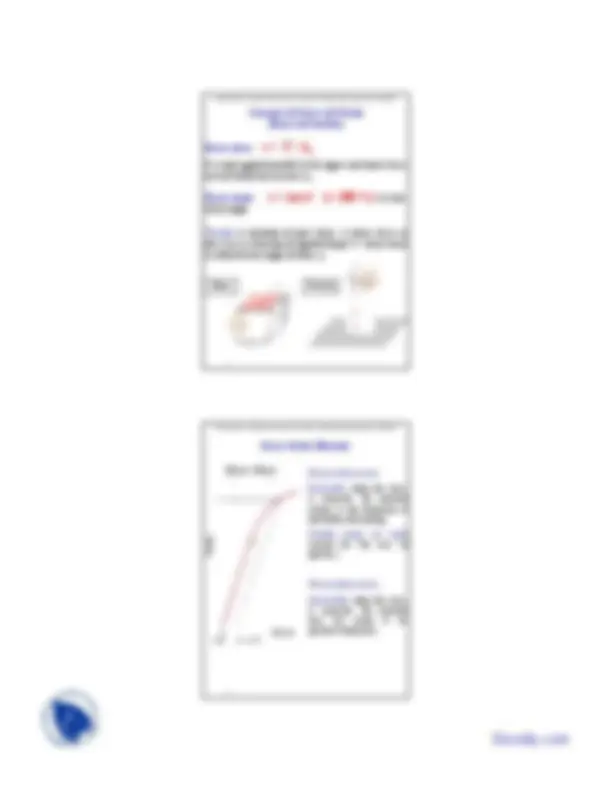
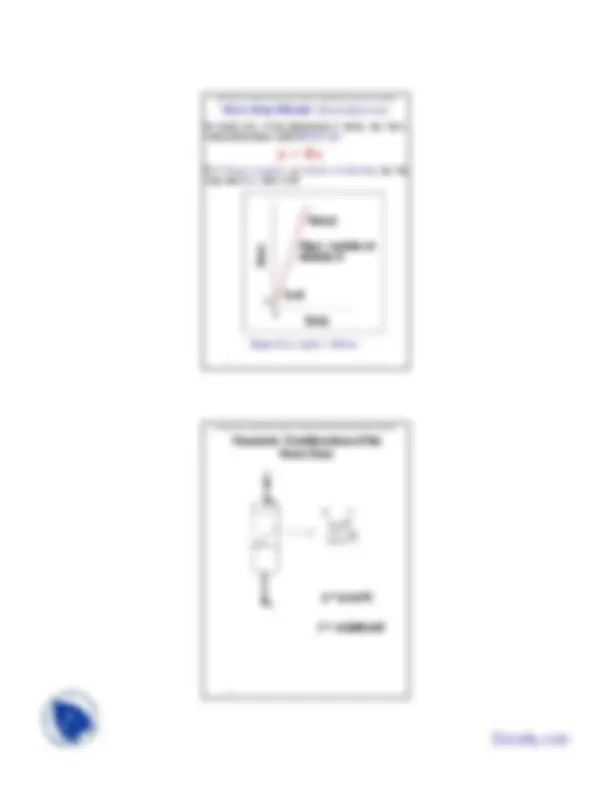
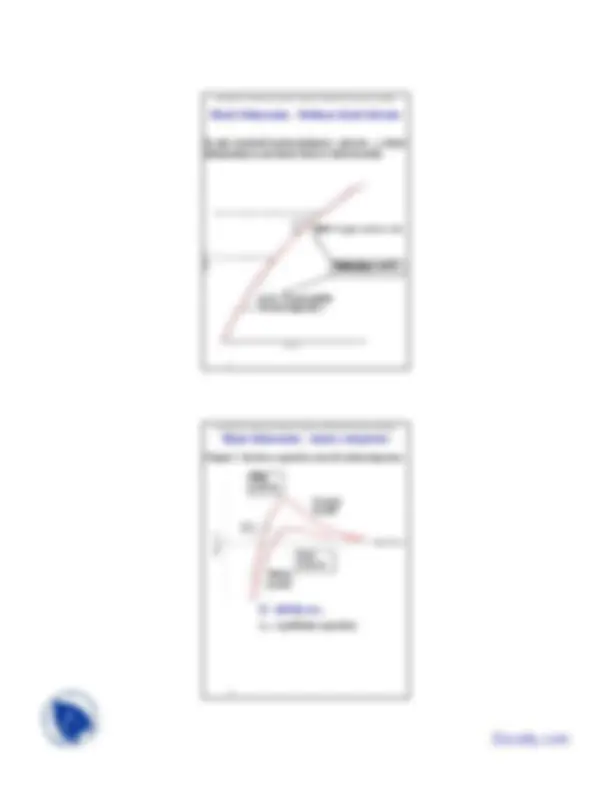
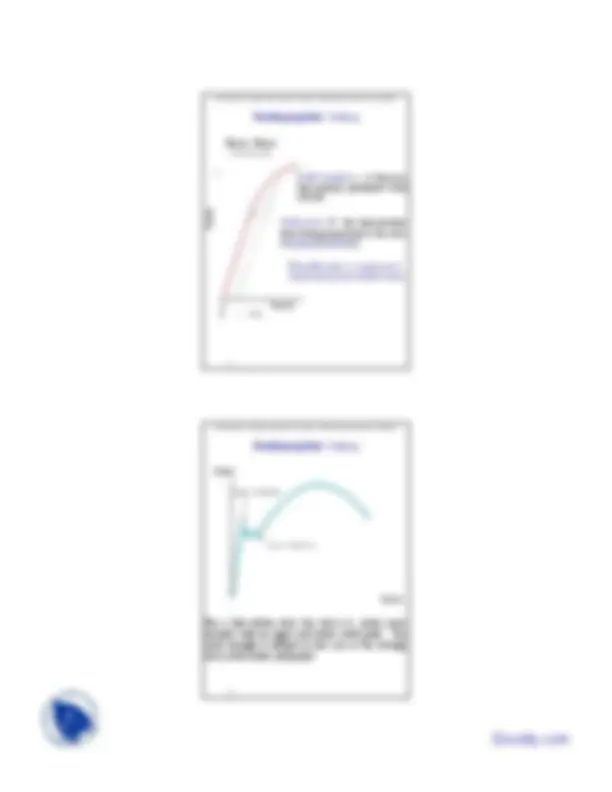
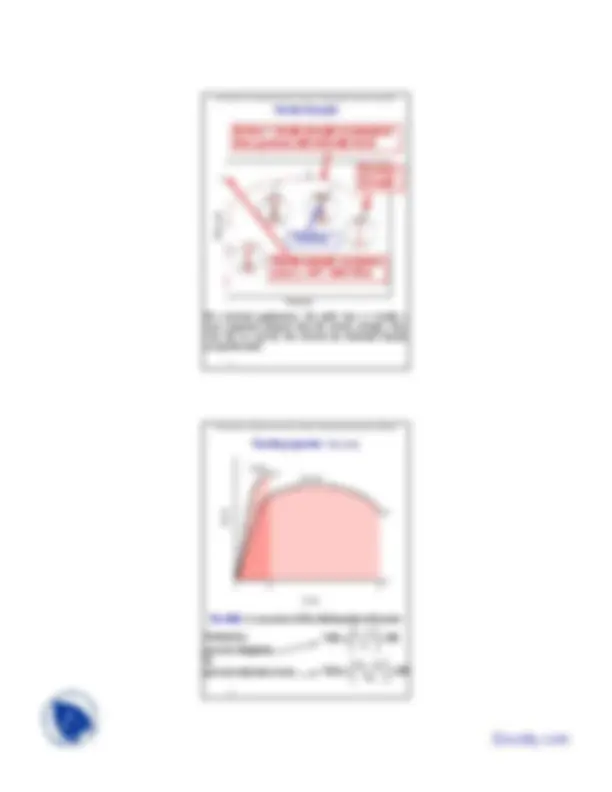
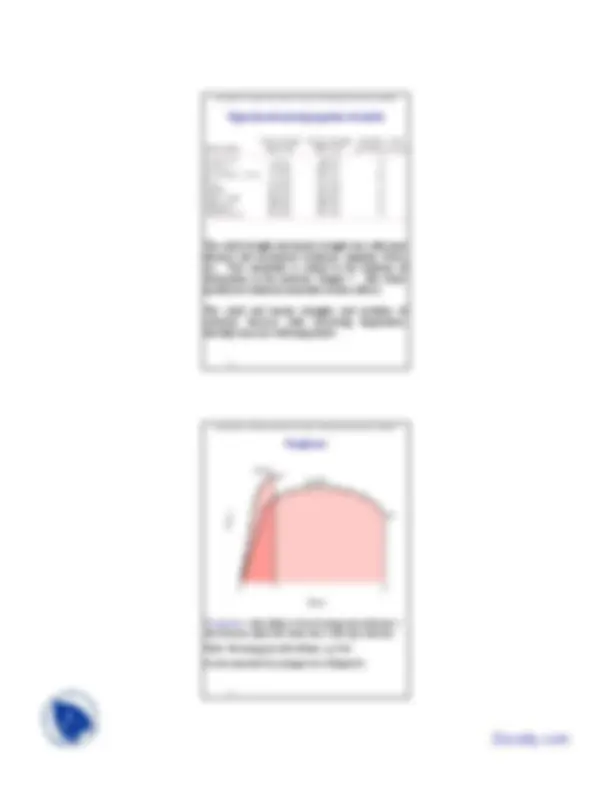
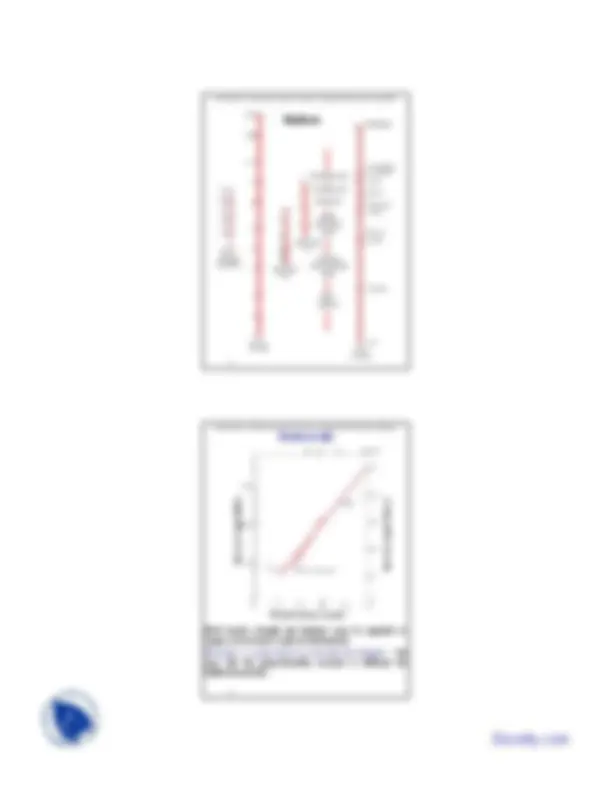
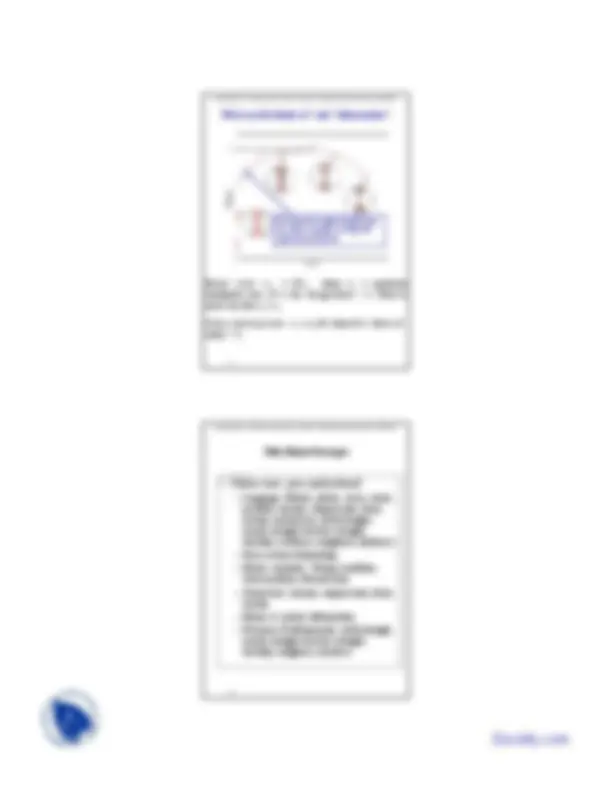


Study with the several resources on Docsity

Earn points by helping other students or get them with a premium plan


Prepare for your exams
Study with the several resources on Docsity

Earn points to download
Earn points by helping other students or get them with a premium plan
Community
Ask the community for help and clear up your study doubts
Discover the best universities in your country according to Docsity users
Free resources
Download our free guides on studying techniques, anxiety management strategies, and thesis advice from Docsity tutors
An in-depth exploration of the mechanical properties of metals, focusing on concepts of stress and strain under various loading conditions, including tension, compression, shear, and torsion. Learn about elastic and plastic deformation, yield strength, tensile strength, ductility, toughness, and hardness.
Typology: Slides
1 / 14

This page cannot be seen from the preview
Don't miss anything!









1
Mechanical Properties of Metals How do metals respond to external loads?
Stress and Strain ¾ Tension ¾ Compression ¾ Shear ¾ Torsion Elastic deformation
Plastic Deformation ¾ Yield Strength ¾ Tensile Strength ¾ Ductility ¾ Toughness ¾ Hardness
Chapter Outline
Introduction To Materials Science, Chapter 6, Mechanical Properties of Metals
2
To understand and describe how materials deform (elongate, compress, twist) or break as a function of applied load, time, temperature, and other conditions we need first to discuss standard test methods and standard language for mechanical properties of materials.
Introduction
Stress,
σ
(MPa)
Strain, ε (mm / mm)
3
Types of Loading
Tensile Compressive
Shear
Torsion
F
F
F
F
l l 0 l 0 l
A (^0)
A (^0)
F
F
A (^0) τ
τ
Introduction To Materials Science, Chapter 6, Mechanical Properties of Metals
4
Concepts of Stress and Strain (tension and compression)
To compare specimens of different sizes, the load is calculated per unit area.
F is load applied perpendicular to specimen cross- section; A 0 is cross-sectional area (perpendicular to the force) before application of the load.
∆l is change in length, l (^) o is the original length.
These definitions of stress and strain allow one to compare test results for specimens of different cross- sectional area A 0 and of different length l 0.
Stress and strain are positive for tensile loads, negative for compressive loads
7
Stress-Strain Behavior: Elastic deformation
E is Young's modulus or modulus of elasticity , has the same units as σ, N/m^2 or Pa
In tensile tests, if the deformation is elastic, the stress- strain relationship is called Hooke's law:
Stress
Strain
Load
Slope = modulus of elasticity E
Unload
Higher E → higher “stiffness”
0 0
Introduction To Materials Science, Chapter 6, Mechanical Properties of Metals
8
σ
σ
θ
Α 0
θ
σ’ τ’
A’
9
Elastic Deformation: Nonlinear elastic behavior
In some materials (many polymers, concrete...), elastic deformation is not linear, but it is still reversible.
Definitions of E
∆σ / ∆ε = tangent modulus at σ 2
∆σ/∆ε = secant modulus between origin and σ 1
Introduction To Materials Science, Chapter 6, Mechanical Properties of Metals
10
Elastic Deformation: Atomic scale picture
Chapter 2: the force-separation curve for interacting atoms
High modulus
Low modulus
E ~ (dF/dr) at r (^) o (r 0 – equilibrium separation)
Separation, r
Weakly bonded
Strongly bonded
Force, F
13
Elastic Deformation: Shear Modulus
Zo
∆ y
τ
Unloaded
Loaded
Relationship of shear stress to shear strain: τ = G γ, where: γ = tan θ = ∆y / zo G is Shear Modulus (Units: N/m^2 ) For isotropic material: E = 2G(1+ υ ) → G ~ 0.4E (Note: most materials are elastically anisotropic: the elastic behavior varies with crystallographic direction, see Chapter 3)
Introduction To Materials Science, Chapter 6, Mechanical Properties of Metals
14
Stress-Strain Behavior: Plastic deformation
Plastic deformation :
15
Tensile properties: Yielding
Elastic Plastic
Stress
Strain
Yield strength σy - is chosen as that causing a permanent strain of 0.
Yield point P - the strain deviates from being proportional to the stress (the proportional limit)
The yield stress is a measure of resistance to plastic deformation
Introduction To Materials Science, Chapter 6, Mechanical Properties of Metals
16
Tensile properties: Yielding
Stress
Strain
For a low-carbon steel, the stress vs. strain curve includes both an upper and lower yield point. The yield strength is defined in this case as the average stress at the lower yield point.
19
Typical mechanical properties of metals
The yield strength and tensile strength vary with prior thermal and mechanical treatment, impurity levels, etc. This variability is related to the behavior of dislocations in the material, Chapter 7. But elastic moduli are relatively insensitive to these effects.
The yield and tensile strengths and modulus of elasticity decrease with increasing temperature, ductility increases with temperature.
Introduction To Materials Science, Chapter 6, Mechanical Properties of Metals
20
Toughness
Toughness = the ability to absorb energy up to fracture = the total area under the strain-stress curve up to fracture
Units: the energy per unit volume, e.g. J/m^3
Can be measured by an impact test (Chapter 8).
21
True Stress and Strain
True stress = load divided by actual area in the necked-down region, continues to rise to the point of fracture, in contrast to the engineering stress.
σ = F/Ao ε = (l (^) i-l (^) o/l (^) o)
σT = F/Ai ε = ln(l (^) i/l (^) o)
Introduction To Materials Science, Chapter 6, Mechanical Properties of Metals
22
Elastic Recovery During Plastic Deformation
If a material is deformed plastically and the stress is then released, the material ends up with a permanent strain.
If the stress is reapplied, the material again responds elastically at the beginning up to a new yield point that is higher than the original yield point.
The amount of elastic strain that it will take before reaching the yield point is called elastic strain recovery.
25
Hardness
Knoop hardness Rockwell B
Rockwell C
Diamond
Corrundum or sapphire Topaz Quartz Orthoclase Apatite
Fluorite Calcite
Gypsum
Talc Mohs hardness
Brinell hardness
Easily machined steels
Brasses and aluminum alloys
Most plastics
Nitrided steels Cutting tools File hard
Introduction To Materials Science, Chapter 6, Mechanical Properties of Metals
26
Hardness (II)
Both tensile strength and hardness may be regarded as degree of resistance to plastic deformation. Hardness is proportional to the tensile strength - but note that the proportionality constant is different for different materials.
Tensile strength (MPa) Tensile strength (
3 psi)
Brinell hardness number
27
What are the limits of “safe” deformation?
Design stress : σd = N’σc where σc = maximum anticipated stress, N’ is the “design factor” > 1. Want to make sure that σd < σy
Safe or working stress : σw = σy/N where N is “factor of safety” > 1.
For practical engineering design, the yield strength is usually the important parameter
Strain
Stress
Introduction To Materials Science, Chapter 6, Mechanical Properties of Metals
28
Take Home Messages